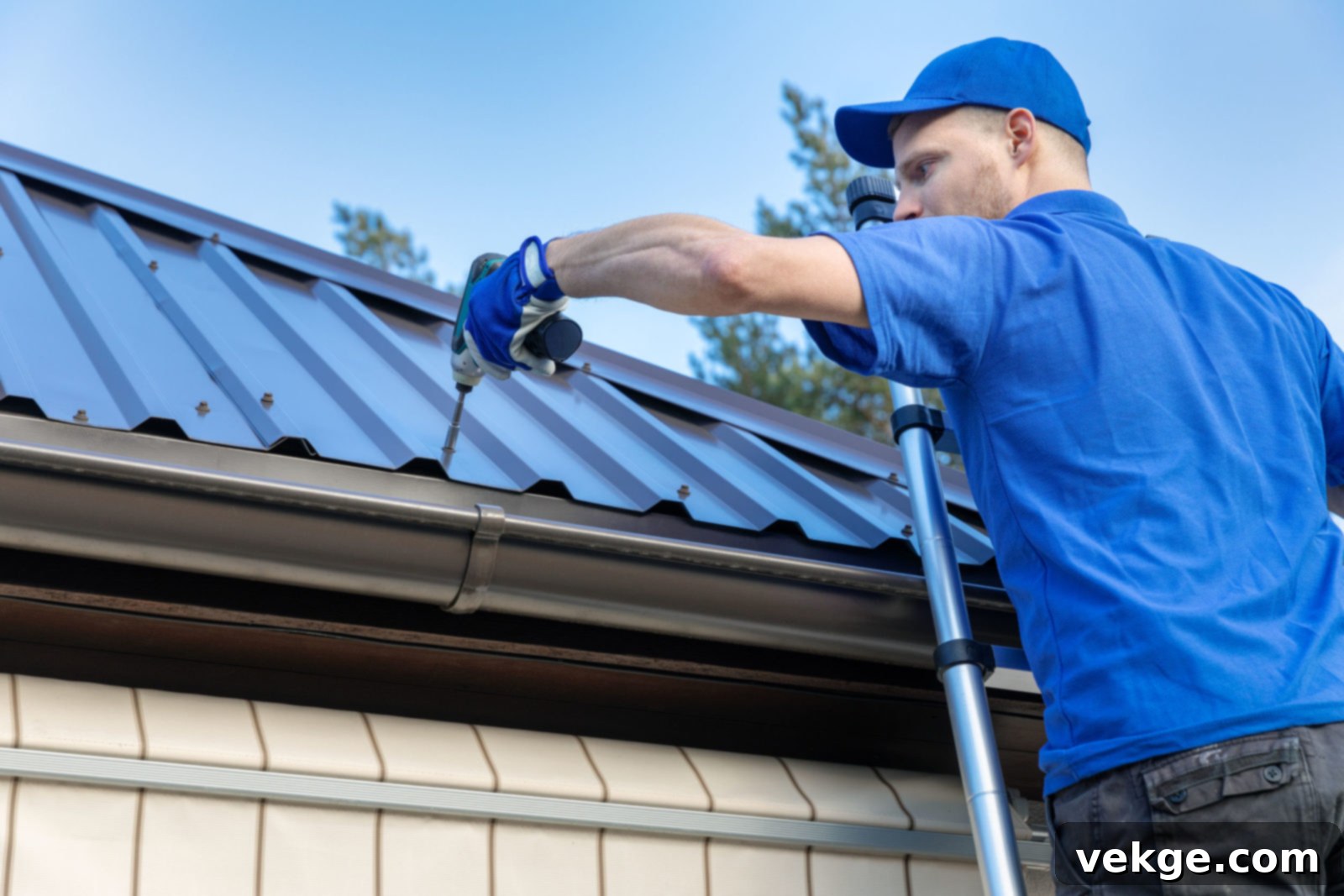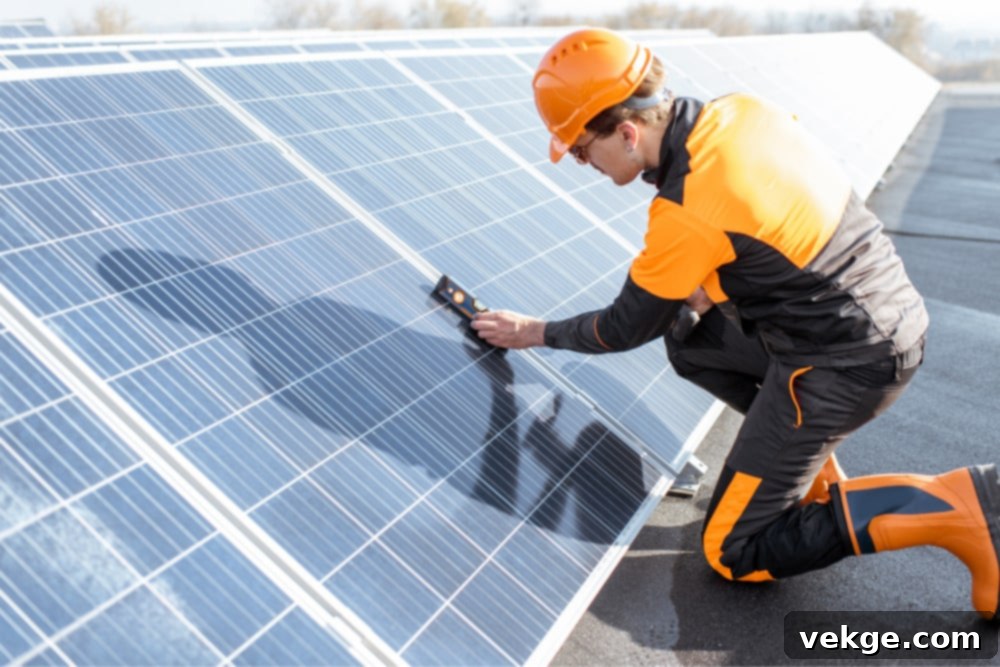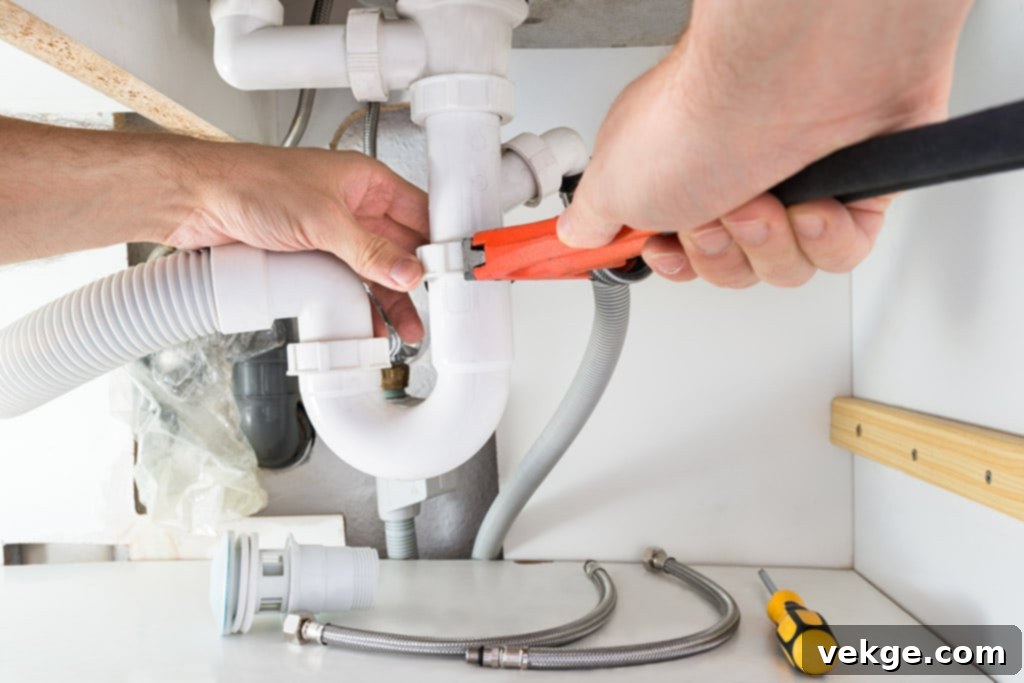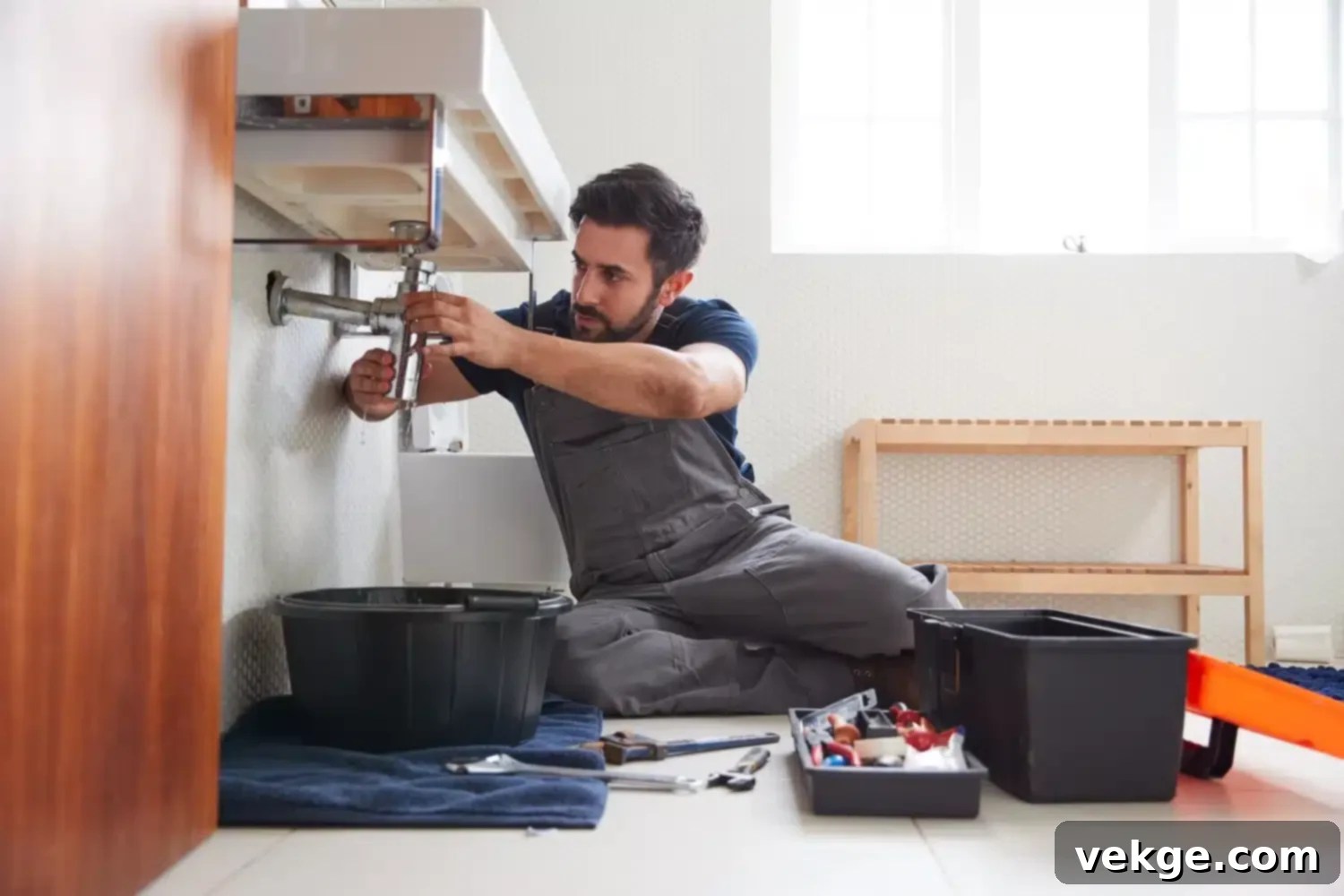Navigating the Most Expensive Home Repairs: Your Ultimate Guide to Preparedness and Savings
Every homeowner understands that maintaining a property is an ongoing commitment, often accompanied by unexpected expenses. While routine upkeep helps, some home repairs stand out due to their significant cost and potential to disrupt your financial stability. Preparing for these inevitable major expenditures is not just a smart financial move; it’s crucial for preserving your home’s value, functionality, and your peace of mind.
This comprehensive guide will delve into the most expensive home repairs you might encounter, offering strategic advice on how to effectively prepare for and address these daunting tasks. We’ll explore everything from critical structural work like roof replacements and foundation fixes to essential system overhauls for plumbing and HVAC. Our goal is to equip you with the knowledge and tools to maintain your home’s integrity and value, ensuring your budget isn’t blindsided by unforeseen repair bills.
Roof Replacement and Proactive Maintenance Strategies

The roof is undeniably your home’s primary shield against the elements, making its condition paramount to your property’s overall health. Exposed to scorching sun, torrential rains, heavy snows, and strong winds, your roof takes a constant beating. Consequently, a full roof replacement is often one of the most significant and priciest repairs a homeowner will ever face. The exact cost can vary dramatically based on factors like roofing material (asphalt shingles, metal, tile, slate), the size and pitch of your roof, the complexity of its design, and local labor rates. It’s not uncommon for these expenses to escalate into the tens of thousands, making it a critical item for any home maintenance budget.
To mitigate these substantial costs and extend your roof’s lifespan, regular inspection and proactive maintenance are absolutely key. Homeowners should aim for at least annual inspections, preferably after severe weather seasons. Look for obvious signs of wear and tear, such as missing, cracked, curled, or blistering shingles. Pay close attention to areas around chimneys, skylights, and vents, as these are common points for leaks. Inside your home, check the attic or ceiling for water stains or dampness, especially after a storm, which indicates a breach. Addressing minor issues like replacing a few shingles, sealing flashing, or clearing gutters early on can prevent water infiltration, wood rot, and structural damage that would necessitate a much costlier full replacement down the line. Investing in professional roof inspections every few years can also provide invaluable insights and identify hidden problems before they become critical.
Fortifying Your Home’s Foundation: Prevention and Repair
A home’s foundation is the bedrock upon which its entire structure rests; its integrity is literally what holds your home together. Issues with the foundation are not merely cosmetic; they can lead to major structural problems throughout your entire property, impacting everything from walls and floors to plumbing and electrical systems. Recognizing the early warning signs is vital. These can include uneven or sloping floors, cracks in interior or exterior walls (especially zig-zagging or horizontal cracks), doors and windows that stick or won’t close correctly, and gaps around window and door frames. Repair techniques for foundation problems are diverse and can range from relatively minor crack injections to extensive and expensive solutions like slab jacking (raising a concrete slab with injected material) or piering (installing support structures deep into the ground). These advanced methods often stretch into the higher price brackets, sometimes exceeding tens of thousands of dollars.
To prepare for and potentially avoid these monumental expenses, consistent monitoring of your foundation is crucial. Regularly inspect your foundation walls for any new cracks, shifts, or signs of bowing. Ensure proper drainage around your home; water is indeed a foundation’s worst enemy. Grading your landscape away from the house, maintaining clear gutters and downspouts that extend several feet from the foundation, and promptly repairing any leaks can significantly reduce hydrostatic pressure and soil erosion around the base of your home. Large trees planted too close to the house can also cause issues as their roots seek moisture, leading to soil contraction. For any suspicious signs, engaging a qualified structural engineer for a professional inspection is highly recommended. Their expertise can provide peace of mind and an accurate assessment of potential issues, guiding you toward the most appropriate and cost-effective solutions before problems become catastrophic.
Solar Panel Troubleshooting: Sustaining Your Green Investment

As the movement towards sustainable energy gains momentum, solar panels are becoming an increasingly common sight on residential rooftops, promising significant energy savings and environmental benefits. While these systems are designed for longevity, they are sophisticated technological installations that can incur substantial repair costs when problems arise. Typical issues range from inverter failure (the component that converts DC power from panels to AC power for your home), which can be quite expensive to replace, to problems with the panels themselves, such as micro-cracks, hot spots, or malfunctioning photovoltaic cells caused by severe weather or manufacturing defects. Wiring issues, loose connections, or problems with the mounting system can also lead to efficiency losses and potential safety hazards.
To safeguard your investment and avoid hefty repair bills, the initial decisions you make are paramount. It’s crucial to choose high-quality solar panels from reputable manufacturers and, most importantly, select a certified and experienced installer with a strong track record. A proper installation ensures optimal performance and reduces the likelihood of future issues. Furthermore, regular maintenance checks performed by professionals are highly beneficial to ensure all components are functioning correctly and efficiently. Many solar systems now come with monitoring apps that allow homeowners to track their energy production. Watch out for sudden spikes in your energy bills, an unexpected decrease in energy production (as indicated by your monitoring system), or visible damage to the panels, as these could be clear signs your solar panels need repairs. Timely intervention can often prevent a minor glitch from becoming a major, costly system failure.
Window Replacement: A Clear Necessity for Efficiency and Comfort
Upgrading your home’s windows goes far beyond merely enhancing its curb appeal; it’s a critical improvement that profoundly impacts both your home’s insulation and overall energy efficiency. Older windows, particularly single-pane versions, are notorious for energy leakage. They allow heat to escape in winter and seep in during summer, leading directly to higher heating and cooling costs. Beyond the financial drain, inefficient windows can significantly detract from your home’s overall comfort, creating drafty rooms and inconsistent temperatures, and can even compromise security and noise reduction.
Replacing these outdated units with modern, energy-efficient options, such as double or triple-glazed windows with Low-E coatings and argon gas fills, can be a substantial upfront investment. However, this upgrade offers significant long-term savings in utility bills, often providing a strong return on investment. It’s important to recognize when window repairs or full replacements become necessary. If you frequently notice drafts, experience condensation or fogging between the glass panes, have difficulty opening, closing, or locking windows, or see signs of rot or decay in the frames, it might be time to consider this essential upgrade. Remember, addressing your outdated windows is one of the most impactful home service needs you can undertake, drastically enhancing your living environment, reducing your carbon footprint, and boosting your property’s market value.
Plumbing Overhauls: Tackling Hidden Water Woes

Major plumbing issues, particularly those involving the main sewer line, water supply line, or extensive repiping of an entire home, can easily rank among the most invasive, disruptive, and expensive problems a homeowner may encounter. These critical repairs often involve significant excavation of yards or breaking into walls and floors, completely disrupting daily life and potentially leading to a hefty bill that can quickly climb into the five figures, especially when considering collateral damage from water. Issues like root intrusion in sewer lines, collapsed pipes, or burst main water lines require immediate, professional attention to prevent catastrophic water damage and ensure the home remains habitable.
Preventative measures are essential to avoid such dire scenarios. Regularly inspect visible pipes in your basement, crawl space, and under sinks for any signs of leaks, corrosion, or dampness. Address dripping faucets or running toilets promptly, as even small leaks can signify larger underlying pressure issues. Be vigilant for any signs of moisture, mold growth, or unexplained increases in your water bill, which could indicate hidden leaks within walls or under floors. Furthermore, be mindful of what goes down your drains to prevent clogs. For older homes with aging plumbing systems, consider having a professional perform a camera inspection of your main sewer lines and other critical pipes. This proactive approach can identify tree root intrusions, cracks, or blockages before they escalate into major, emergency repairs, saving you immense stress and thousands of dollars.
HVAC Systems: Maintaining Your Home’s Climate Control
Your home’s heating, ventilation, and air conditioning (HVAC) system is indispensable for maintaining a comfortable indoor environment, regardless of the external weather conditions. It provides warmth in winter, cool air in summer, and regulates air quality year-round. However, replacing an entire HVAC system – including the furnace, air conditioner, and ductwork – represents a significant investment, often required every 10 to 15 years, depending on the system’s initial quality, how well it’s been maintained, and how frequently it’s used. The cost of a new, high-efficiency system can easily run into thousands of dollars, making it a critical item to budget for over time.
To prepare for this substantial expense and prolong the life of your existing unit, regular professional servicing is non-negotiable. Schedule annual tune-ups for both your heating and cooling components. During these visits, technicians can clean coils, check refrigerant levels, inspect electrical connections, and address minor issues promptly before they develop into major system failures. Replacing air filters regularly (monthly or quarterly, depending on usage) is a simple, cost-effective task that significantly improves efficiency and air quality. Investing in a programmable or smart thermostat can also help optimize energy usage and reduce wear and tear on your system. While upgrading to a more efficient model might involve higher upfront costs, it often leads to substantial reductions in monthly energy bills and can vastly improve the overall air quality and consistent comfort in your home, making it a wise long-term investment rather than just a repair.
Preparing for these potentially costly home repairs requires a combination of proactive maintenance, diligent monitoring, and strategic financial planning. By understanding the most common and expensive major repairs that homeowners face, you can set aside a dedicated budget, explore financing options if needed, and make informed decisions about preventative measures. Regular inspections – both DIY and professional – coupled with promptly addressing minor issues before they escalate, can significantly decrease the likelihood of severe damage and the associated exorbitant costs. Remember, investing in the continuous upkeep of your home isn’t just about dealing with present problems; it’s about safeguarding your comfort, enhancing your property’s long-term value, and securing your financial stability well into the future. A well-maintained home is a happy home, and a prepared homeowner is a financially secure homeowner.
